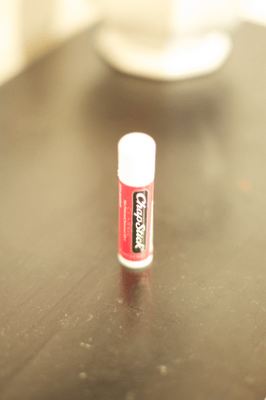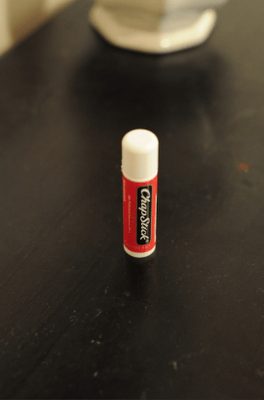Most photographers take pictures either early morning right before the sun comes up or late evening right before it goes down. Lighting is great at those times. My absolute favorite time to take photos is on a cloudy day. The clouds act as a filter for the sun so you can still get beautiful lighting, but the lighting is soft and limits shadows.
Below I hurried and did some quick examples with my camera at 3 different aperture settings. The lighting in the room was fairly bright. That is why the higher I set my aperture at, the better the photo looked. I was slowly closing my lens each time to let in less light till I got the right exposure.
f/2.5
f/3.5





